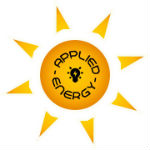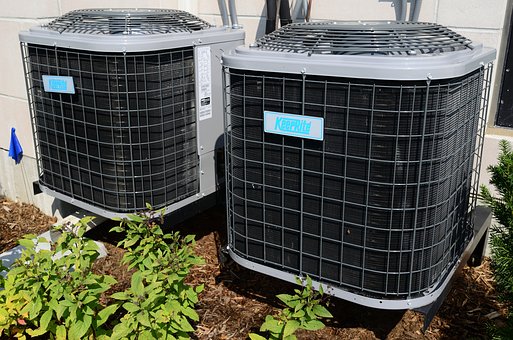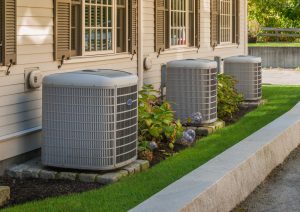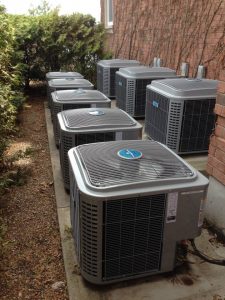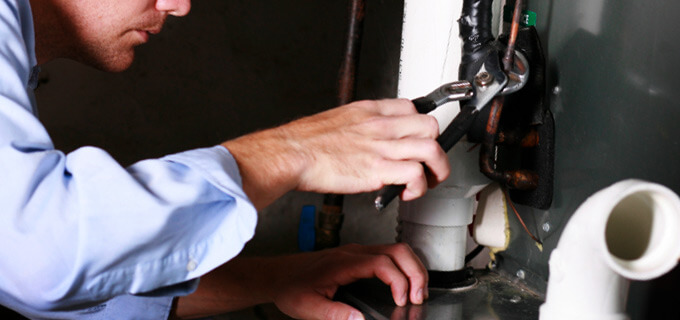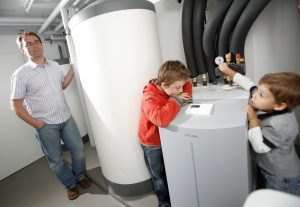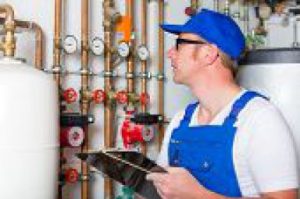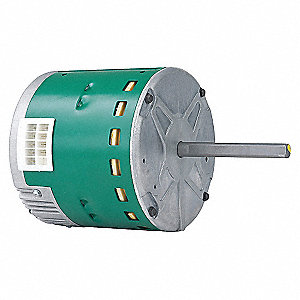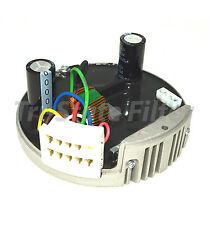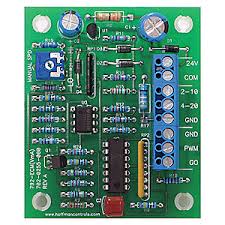Understanding Subcooling …
Let’s go back to basics for a moment to make sure we understand what subcooling is, to begin with. During a refrigeration cycle, high-pressure super-heated gas is converted by the condenser into high-pressure liquid so the evaporator may use it for cooling purposes. It does that by removing enough heat out of the gas in order to cause it to condense into a liquid at the prevailing temperature and pressure (saturated liquid point). Any of the added heat that is removed from the condenser is referred to as “subcooling.” The amount of cooling that may be measured at the condenser’s outlet is a good indication of the performance of the condenser.

When the condenser is operating in an efficient manner, the process of the refrigerant vapor being converted into a liquid is completed prior to the refrigerant reaching the final several passes into the condenser coil. Those several last passes should be only filled with liquid. Since the coil is transferring heat still, from the liquid refrigerant into the last couple of passages, the temperature will continue to drop and subcooling of the refrigerant occurs.
Subcooling is an accurate measure of the amount of time it takes for the refrigerant to pass through the condenser. This is referred to as “stay time.” The proper amount of subcooling for any specific unit may vary with its application and type of system. Subcooling may fall within the 10 to -20 F range with design air flow, clean coils, and at the right charge.
How can subcooling assist with troubleshooting?
Knowing all of that, how can subcooling assist with troubleshooting? Let’s take a look at a few different situations. When there is an insufficient refrigerant charge in a system (under-charged unit), that will cause the refrigerant to flow quickly through the condenser to attempt to satisfy the load conditions. That doesn’t allow a sufficient amount of “stay time” to let the refrigerant condense and be subcooled properly which will result in no or little subcooling.
A system with a plugged or improperly adjusted valve, on the other hand, will exhibit very high subcooling (perhaps 30 F) due to all of the excessive amounts of liquid backing up into the condenser. The strange part about both of those situations is they have the same effect on the system’s evaporator side: high super-heat, low head pressure, and inadequate cooling.
How do we tell what the problem is exactly and how do we properly diagnose it?
There are 2 different situations here that cause the same problem on the system’s evaporator side. So how do we tell what the problem is exactly and how do we properly diagnose it? The only way to know what the exact cause of the problem is to take a subcooling measurement to pinpoint it without having to rely on trial and error processes. When a subcooling measurement is made, the technician can potentially prevent having to do an unnecessary change-out of the expansion valve. If there is zero subcooling, the expansion valve cannot close due to a plugged orifice or lost bulb charge.
If super-heat is high and subcooling is low, you can assume there is most likely a low refrigerant charge. In order to double check your assumption, take a measurement of the compressor amp draw. It should be a low reading. There should also be a low-temperature difference across its coil.
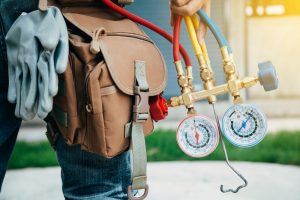
An example of how subcooling can assist with troubleshooting …
The following is an example of how subcooling can assist with troubleshooting.
When subcooling is used properly it can be a valuable tool that can significantly reduce the amount of time that is needed to diagnose system malfunctions. In addition to suction super-heat, it is playing an increasingly important role in maintaining and servicing an air conditioner or refrigerant system. Above I just provided you with a few scenarios – can you think of other areas that it could be invaluable for you in making a diagnosis?
Be sure to look at all sides …
It is important to always keep in mind that an air conditioner is a system. All sides of this system need to be looked at – air flow, evaporator, condenser, etc. All of them deter from or contribute to a system operating correctly. Doing a complete diagnostic will allow you to solve problems.
